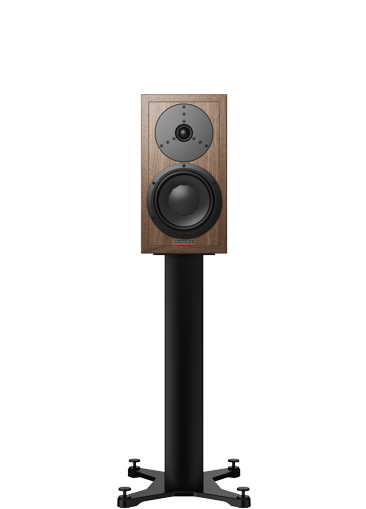Contour Legacy is made and finished by hand in Skanderborg. ‘Passion’ can be an overused word – but take one look at our craftspeople and you’ll see it straight away.
- Home
- >
- Home Audio
- >
- Heritage Collection
- >
- Contour Legacy
- Home
- >
- Home Audio
- >
- Heritage Collection
- >
- Contour Legacy
Contour Legacy
Modern. Classic.
Sit on the floor. Lean back against the chair with the liner-notes in your hands. Close your eyes and listen like you used to.
Contour Legacy is part of the Dynaudio Heritage Collection. It’s all about music, well listened-to. Sturdy quality. Nostalgia. It’s a loud strum of your heartstrings – and each of the 1000 limited-edition pairs has been proudly handmade in Denmark by Martin, Anne, Daniel, Claus and Kamil… just for you.
It remasters Dynaudio’s greatest hits – including modded Evidence Platinum woofers, the legendary Esotar 3 tweeter and a crossover that can only be described as an artisanal masterpiece. (Can you tell we’re proud?)
Run your hand over the sustainable American Walnut finish; marvel at the mitres, precision-cut to tiny fractions of one degree; stand back and take in the fact these friendly-looking speakers are packed with the most up-to-date audio technology available. (Then realise that the most old-fashioned thing about them will probably be the music you play!)
It's OK, though. We’re with you there: old’s cool.

Remastering a classic
Contour Legacy is an intentional homage to the late, great Contour 1.8 – and, like its muse, it has that… ‘Something’. That reassuring sense of pride and craftsmanship that is, perhaps, less common in the world these days.
So, you might already be expecting a listening experience that’s a trip down memory lane. Or Penny Lane.
But no. It’s better than that. This is a memories upgrade.
Beneath that chocolate brown American Walnut veneer lives a totally different generation of technology. The original drivers and electronics from the elder Contour have been replaced by components that look superficially familiar, but sound substantially better.
As a Contour Legacy owner, you have permission to feel nostalgic but modern – whether you’re streaming or lowering a stylus. Go ahead. Invite someone from the white plastic earbuds generation to take a listen. Watch them go into in a flow state, track after track, losing track of time and what they’d promised to do with it.
Or make a point of inviting nobody, sit down in your sweet-spot and remind yourself what pure indulgence sounds like.

A marriage made in Skanderborg
Every left and right Contour Legacy loudspeaker is, like a swan, paired for life. It has a partner, from the moment its components are carefully placed on our workbench in Jutland.
Each panel of each cabinet is made from a composite board made from the same source, chosen as if it were a vineyard for a domaine. It’s faced by a layer of sustainable, tactile, warm American Walnut. Martin – a man with twenty years’ experience of making Dynaudio speakers – selects these panels, two by two, so that their grain looks similar. It can only be done by eye.
It’s a labour of love, and a process that would be unfathomable to have replicated by some anonymous robot in some anonymous factory.
That robot wouldn’t clamp each joint bonded by our Glue Master, (yes, that’s his real title). It wouldn’t be concerned about the precision of the joints, cut to fractions of one degree. Or the effect the weather will have on the integrity of the jointed angles (our humans make sure all their glueing is finished by the end of the day to stop any unwanted changes).
It wouldn’t reject a pair of speakers because one of them had a blemish almost invisible to the naked eye.
A robot wouldn’t sense the feeling you get as you run your fingers over a tiny groove in the front facing panel. It wouldn’t take pleasure in the smell of hardwood, as the doors to the workshop are opened, early morning, at the same time as laptops.
Making a pair of Contour Legacy loudspeakers is time consuming – and even slightly obsessive, with a magical result that certain people appreciate.
Like all Dynaudio speakers, that obsession extends to the bits you can’t see, or rarely look at. Like the dual-flared bass-ports, which gently control airflow and bass response, or the heavy, stable cast-iron base. No sticky-out feet here.

Our sound engineers had two demanding critics to impress. Their ears.
Dynaudio sound engineers don’t see playing homage to a classic as a good reason to get out of bed. They need a challenge. And, in the Contour Legacy, they got it.
Since the original Contour, speaker cabinets in general have gradually become fancier. Specifically engineered to a degree you might imagine happening in a Formula One team. Maybe not wind-tunnel-tested (although that has given us a few ideas), but definitely subject to exhaustive analysis.
Curves and bends have found their way into the shapes of modern Dynaudio speakers, shaping and controlling pressure-waves, reflections, refractions… smoothly guiding sound to its smiling, satisfied destination.
But part of what makes the Contour Legacy so comforting and familiar is its old-school, rectangular format. So, how did our R&D team get around this obstacle and still deliver such outstanding results?
They modified the woofers from the Evidence Platinum, placing them in parallel, with the lower one increasing the sensitivity of its upper neighbour – so the upper driver handles midrange and bass, while the lower one just handles bass. Which meant they needed to design a higher impedance voice coil. Which meant no crossover was available off the shelf to orchestrate this idiosyncratic selection – so the team designed one from scratch, including capacitors and connecting wiring from Europe’s finest manufacturers, including Duelund, Mundorf and Van den Hul. (Our engineers do rather love that kind of snowball effect.)
Then they crowned it with our legendary Esostar 3 tweeter. A tweeter that needs no introduction here.
From concept to engineering model to verification and prototypes – with all the tweaking and modification in between – Dynaudio sound tuners spend approximately two weeks listening per iteration.
In fact, around 70 per cent of the modifications to a loudspeaker such as Contour Legacy are done as the result of listening, rather than looking at data.
Although when they do get that data, they do it in style. Our Jupiter measurement facility is one of the largest in the world – and plays a crucial role in steering our speakers’ development. It accomplishes in 20 minutes what could easily take days using more conventional (and less accurate) methods. Which means we can spend more time listening…
Behind closed doors – with a source, a DAC and an amp used for all our sound tests – our team plays music from heavy metal to Mozart, Kylie to Columbian flute.
At the end of the day, regardless of a loudspeaker’s raison d'être, it’s in the sweet spot where the real verdict is made
And that’s where the Contour Legacy will leave a lasting one.

Our sound engineers had two demanding critics to impress. Their ears.
Dynaudio sound engineers don’t see playing homage to a classic as a good reason to get out of bed. They need a challenge. And, in the Contour Legacy, they got it.
Since the original Contour, speaker cabinets in general have gradually become fancier. Specifically engineered to a degree you might imagine happening in a Formula One team. Maybe not wind-tunnel-tested (although that has given us a few ideas), but definitely subject to exhaustive analysis.
Curves and bends have found their way into the shapes of modern Dynaudio speakers, shaping and controlling pressure-waves, reflections, refractions… smoothly guiding sound to its smiling, satisfied destination.
But part of what makes the Contour Legacy so comforting and familiar is its old-school, rectangular format. So, how did our R&D team get around this obstacle and still deliver such outstanding results?
They modified the woofers from the Evidence Platinum, placing them in parallel, with the lower one increasing the sensitivity of its upper neighbour – so the upper driver handles midrange and bass, while the lower one just handles bass. Which meant they needed to design a higher impedance voice coil. Which meant no crossover was available off the shelf to orchestrate this idiosyncratic selection – so the team designed one from scratch, including capacitors and connecting wiring from Europe’s finest manufacturers, including Duelund, Mundorf and Van den Hul. (Our engineers do rather love that kind of snowball effect.)

Then they crowned it with our legendary Esostar 3 tweeter. A tweeter that needs no introduction here.
From concept to engineering model to verification and prototypes – with all the tweaking and modification in between – Dynaudio sound tuners spend approximately two weeks listening per iteration.
In fact, around 70 per cent of the modifications to a loudspeaker such as Contour Legacy are done as the result of listening, rather than looking at data.
Although when they do get that data, they do it in style. Our Jupiter measurement facility is one of the largest in the world – and plays a crucial role in steering our speakers’ development. It accomplishes in 20 minutes what could easily take days using more conventional (and less accurate) methods. Which means we can spend more time listening…
Behind closed doors – with a source, a DAC and an amp used for all our sound tests – our team plays music from heavy metal to Mozart, Kylie to Columbian flute.
At the end of the day, regardless of a loudspeaker’s raison d'être, it’s in the sweet spot where the real verdict is made
And that’s where the Contour Legacy will leave a lasting one.

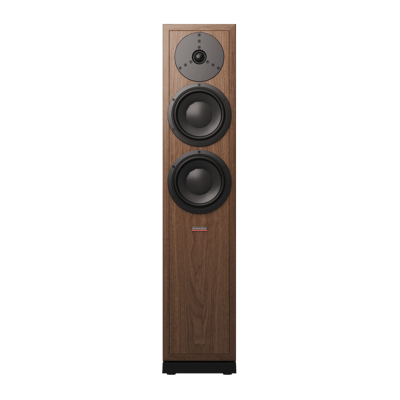

Reviews and Awards
Go explore our trophy cabinet of reviews and awards on the Dynaudio Contour Legacy, highlighting what makes Dynaudio speakers exceptional. Don't just take our word for it!
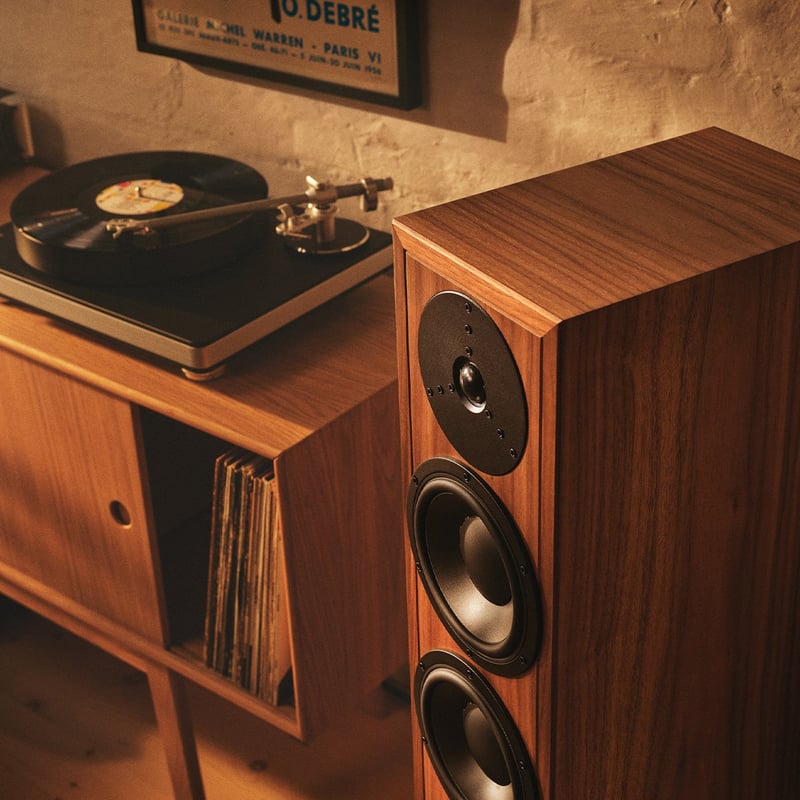
Contour Legacy - hifi+
"The Dynaudio Contour Legacy is something a bit special. It’s a modern retelling of a profoundly influential speaker, made as well as the company can ...
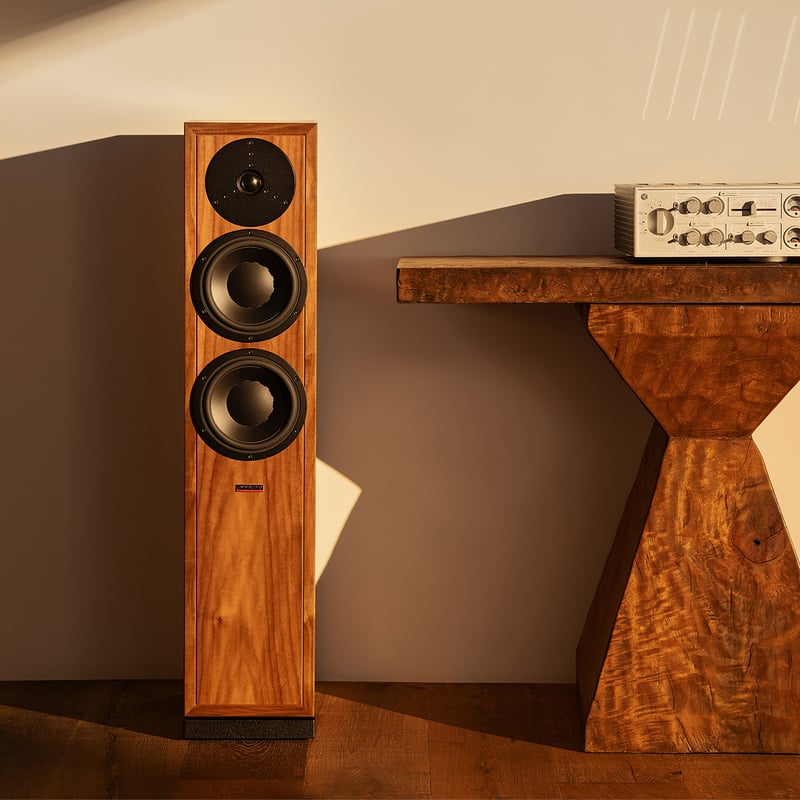
Dynaudio Contour Legacy - Steve Guttenberg
"The dimensional quality to the sound stage really is superb."
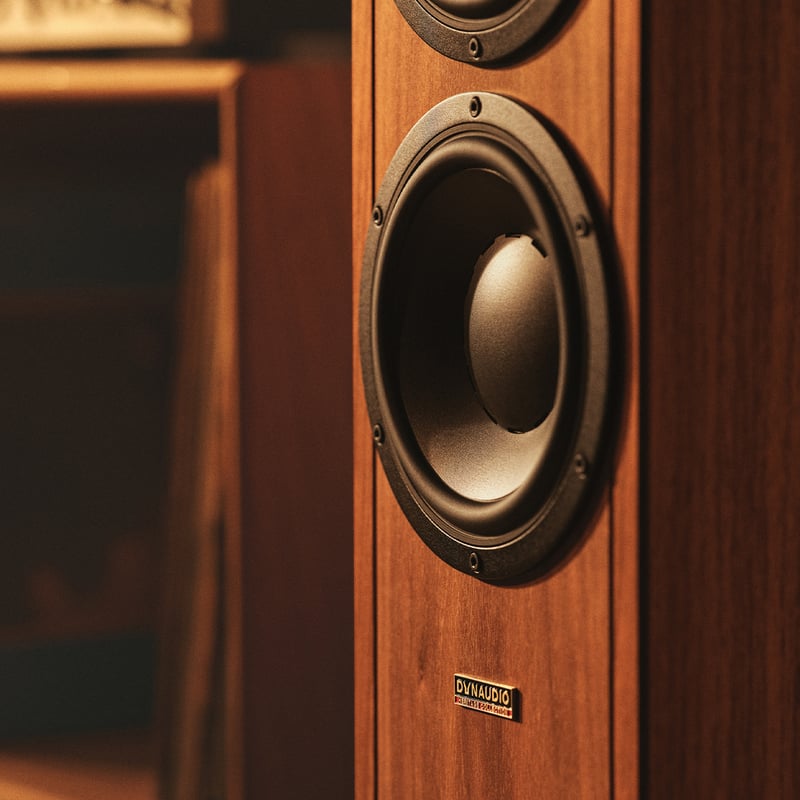
Contour Legacy - lowbeats
"LowBeats readers will have to forgive me for raving so much about it. But this speaker satisfies a deep longing for the Dynaudio character of old."
Features
Handmade for you
Quality, inside and out
We’ve made sure the bits you can’t see are just as pristine as the parts you can. Duelund, Mundorf and Van den Hul components are paired with our very best drivers.
Classic Dynaudio design
It wouldn’t be worthy of its name if it didn’t look like it does. Contour Legacy has taken inspiration from the legendary Contour 1.8, as well as quite a few other classics from our past.
Specifications
- Status Current
- Segment Home
- Series Heritage Collection
- Type Floorstand
- Sensitivity (dB @ 2.83V/1m) 90
- IEC Power Handling (W) 300
- Rated Impedance (Ohm) 4
- Lower Cutoff (Hz @ +/- 3 dB) 42
- Upper Cutoff (kHz @ +/- 3 dB) 29
- Box Principle Bass reflex rear ported
- Crossover 2.5-way
- Crossover Frequency (Hz) 3400 Hz
- Crossover Topology 1st/2nd order
- Tweeter 28 mm Esotar 3
- Woofer 2 x 18cm MSP cone
- Weight kg 32.5
- Weight lbs 71,7
- Width mm 208
- Height mm 995
- Depth mm 345
- Width mm incl. feet/grill/stand 208
- Height mm incl. feet/grill/stand 995
- Depth mm incl. feet/grill/stand 352
- Grille Black

Heritage Collection
Specifications
- Status:
- Segment:
- Series:
- Type:
- Sensitivity (dB @ 2.83V/1m):
- IEC Power Handling (W):
- Rated Impedance (Ohm):
- Lower Cutoff (Hz @ +/- 3 dB):
- Upper Cutoff (kHz @ +/- 3 dB):
- Box Principle:
- Crossover:
- Crossover Frequency (Hz):
- Crossover Topology:
- Tweeter:
- Midrange/Woofer:
- Woofer:
- Weight kg:
- Weight lbs:
- Width mm:
- Height mm:
- Depth mm:
- Width inches:
- Height inches:
- Depth inches:
- Width mm incl. feet/grill/stand:
- Height mm incl. feet/grill/stand:
- Depth mm incl. feet/grill/stand:
- Width inches incl. feet/grill/stand:
- Height inches incl. feet/grill/stand:
- Depth inches incl. feet/grill/stand:
- Grille:
Want to know more?
Downloads & links
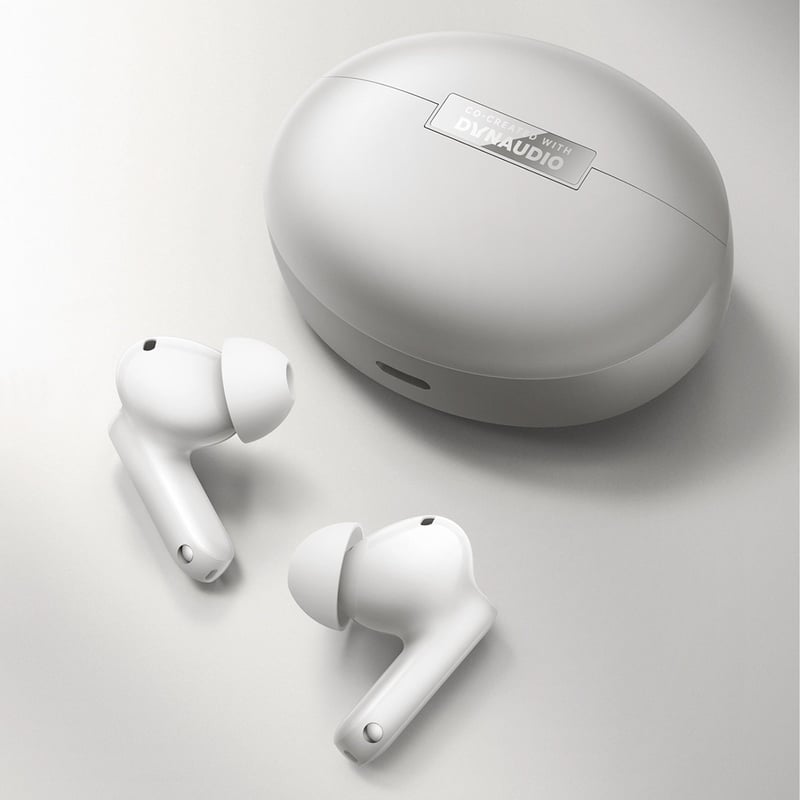
Dynaudio teams-up with OPPO for Enco X3s earbuds
We're thrilled to announce the release of OPPO's Enco X3s true wireless noise cancelling earbuds, with Dynaudio sound tuning.

Why are there holes in our speaker drivers?
On this episode of Ask The Expert, Otto explains why our speaker cones have small, rectangular slots around the central dome. Far from being a random ...
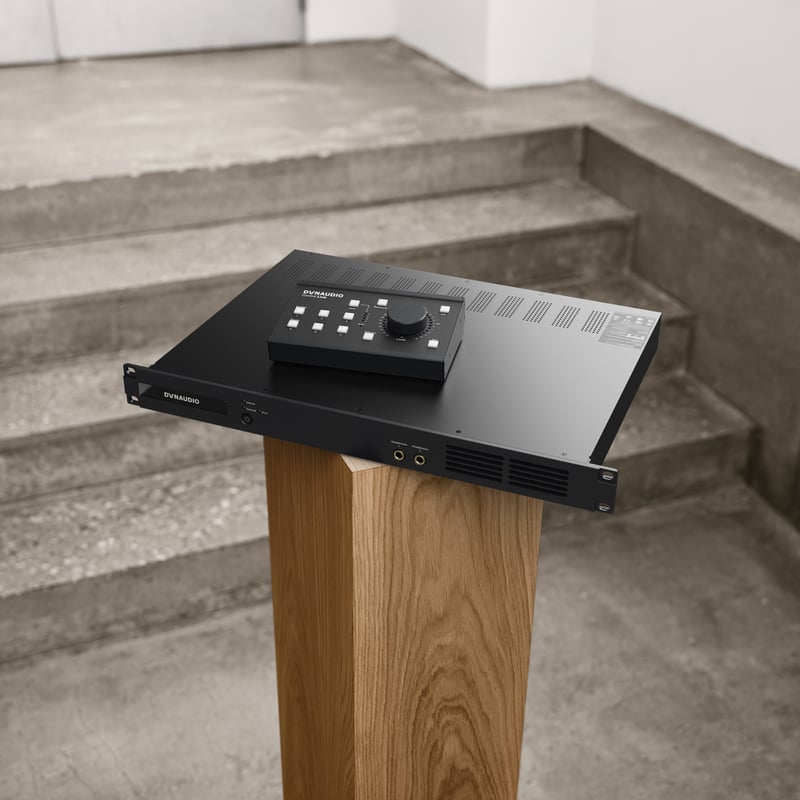
Dynaudio Control series
We are pleased to introduce the Dynaudio Control series: a suite of next-generation audio tools engineered to serve as the central monitor controller ...









